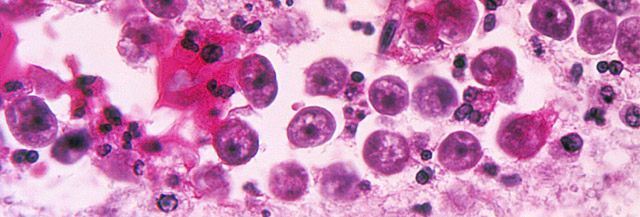In 2014, Jordan Smelski and his father swam for hours in a hot spring in Costa Rica. While everyone else who swam in the hot spring that day, including Jordan’s father, did not experience any issues afterwards, Jordan became seriously ill. Less than 72 hours later, he was dead.
The hot spring where Jordan was swimming contained Naegleria Fowleri, a type of amoeba that has been dubbed the brain-eating-amoeba. This single celled organism enters the body through the nose, making its way to the brain where it causes Primary Amebic Meningoencephalitis (PAM), a condition that is almost always fatal.
While the number of deaths caused by this amoeba is relatively low, it’s also possible that cases have been misdiagnosed as other illnesses. The symptoms can often resemble those of other diseases, such as encephalitis. Here is a brief video on the amoeba (please excuse the dramatics, but it is overall informative and on point).
Given the mortality rate, it’s best to avoid this amoeba at all costs.
How to avoid the brain eating amoeba
First of all, it’s important to note that you cannot be affected by this amoeba by drinking water contaminated with it. It does its dirty work by going through your nasal passage (see the CDC for more on that).
So you are only at risk when swimming in certain bodies of water. In particular, this amoeba can be found in freshwater lakes, rivers and hot springs. The risk is higher in warm water bodies, and most infections have occurred in the southern United States.
If you plan on swimming in a warm water body that fits this criteria, you should consider swimming with nose clips or simply keep your head above water. There is no way for this amoeba to penetrate the skin, so you don’t need to worry about infection through any other part of your body.
If you do begin to experience symptoms of a severe frontal headache, fever, and vomiting, and you have been swimming in a body of water that could be contaminated, go to a hospital immediately and relay all relevant information. While survival rates are low, if diagnosis is made quickly, the chances go up dramatically.
At the end of the day, this is a terrifying organism, but infection is incredibly rare. In fact, there have only been 35 reported infections in the past 10 years despite hundreds of millions of exposures to recreational water activity.
Even if we allow for a certain amount of misdiagnosed cases, this is a rare disease, and it should not cause you too much concern if you take the proper precautions. Wear a nose clip, avoid putting your head under in warm fresh bodies of water, and avoid swimming in places that have already seen confirmed cases. Follow these steps, and you will have nothing to worry about.
If you have anything you would like to add about brain-eating amoebas, sound off in the comments below.







{ 0 comments… add one }